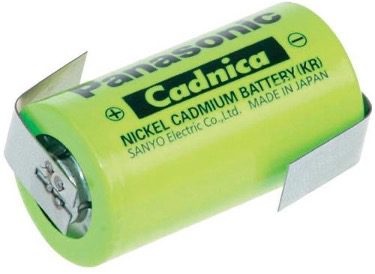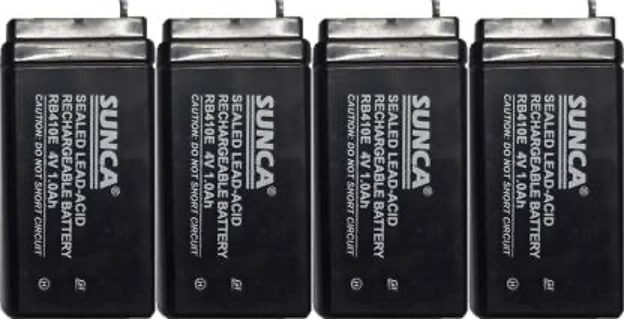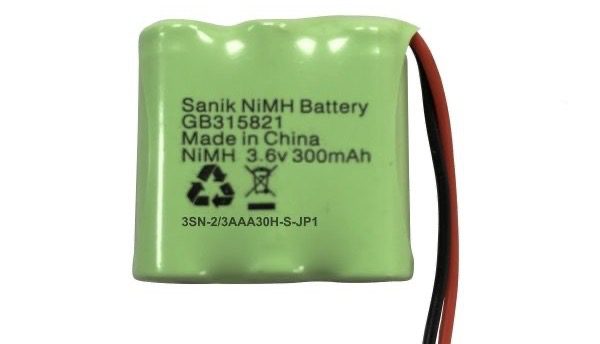Batteries are essential to everyday life. They power everything from our cell phones, laptops, and tablets to tools in the garage. There are a variety of different types of batteries that provide various benefits depending on their application.
For example, car batteries last longer than standard household ones because they’re designed for long periods without use or charging, while AA and AAA batteries are best for emergencies as they can be easily replaced with fresh ones when needed. Whereas, LR41 battery, most commonly used in hearing aids or thermometer, is best for long-term use, as it can last up to five years.
It’s essential to maintain your battery usage using an appropriate charger (battery chargers have indicators that show how much juice is left) so you don’t end up with a dead battery when you need it most! This blog post will tell you about the different types of electric equipment batteries available to serve diverse purposes.
1.Alkaline battery:
This is a primary battery type that derives energy from zinc-carbon or manganese dioxide. They can be used in any type of equipment and have a long life cycle but are more expensive to buy than the other types of batteries. Besides, this battery offers a longer lifespan with a higher energy density. This is the most common type of battery that you’ll find in a household. They last for about two years, which makes them great for low-drain devices like smoke detectors and flashlights.
2. Nickel Cadmium Battery:
This battery is rechargeable and has a longer lifespan when compared with an alkaline battery because it doesn’t depend on whether electricity is available for charging purposes. Nickel Cadmium Batteries also contain less mercury that can leak into the environment if they’re not disposed of properly, which makes them better for our environment as well!
3. Lithium-Ion Battery:
These power cells are able to produce up to three times as much energy per weight unit depending on their construction materials, so these types of batteries last longer between charging cycles.
4. Lead Acid Battery:
This kind of battery is designed for applications with high discharge rates and very low charge levels, making them great for car batteries that need to last longer between charges! In addition, this battery contains lead-acid, which is found to be cheap and used in most vehicles to power lighting systems present in them. Therefore, it is ideal for applications or products with less size or space.
5. Metal Hydride Battery:
These types of batteries are used in laptops and other electronics because they’re able to store a lot more power than alkaline cells, which means fewer charging cycles are needed. However, it’s important not to completely drain these cells as doing so can result in the loss of all stored energy – just like when we forget our phone at home after it dies from its constant use throughout the day at work or school. Alkaline Batteries have been around since 1887, but there are new innovations on this type of batteries.
6. Rechargeable NiMH Batteries:
These types of batteries can be recharged by plugging them in with their corresponding charger – which is different from standard batteries because it doesn’t require replacement battery cells, so there’s no disposal involved. Though these rechargeable nickel-metal hydride (NiMH) cells last longer than AA or AAA ones on standby, and even if they haven’t been used in a while, this type of battery has some downsides as well, such as being able to short circuit easily.
Technical terms that people use while dealing with batteries:
Power Capacity: This refers to the capacity of a battery or battery system required to supply power during operation.
- Battery Voltage: It is the voltage provided by an individual cell in a single series string, plus one-half the sum of all open-circuit voltages between cells in parallel strings.
- Power Capability: The ability of a battery to supply power, which is equal to the total voltage multiplied by the maximum current.
- Polarity: The condition that exists when an electric device has two terminals and one terminal is positive (+) while the other terminal is negative (-).
- Chemistry Type: Different types of batteries have different chemistries, with some examples being lead-acid (Type), Li-ion or Lithium-Ion (), Nickel Cadmium (NiCd), nickel-metal hydride ().
- Loaded Voltage:

It refers to the potential difference between any given cell’s cathode and its corresponding anode in volts. It can also be referred to as “voltage under load.” With this said, it measures how much charge remains within each cell and determines the battery’s capacity to provide energy.
- Cell Voltage: This refers to the voltage between a cell and its corresponding cathode in volts.
- Nominal Capacity: It is also called “rated capacity”, or what you would see on an AA, AAA, etc., battery label. Equal to one-tenth of amp-hours (Ah). For instance, a battery with a rating of 600 mAh can power 600 milliamps for ten hours until it reaches zero charges (-0 Ah).
- Amp Hours per Unit Volume: The total time that current can flow through certain size batteries at different discharge rates before they reach 0 amps. Different types of units are used depending on whether volume changes with pressure, like a lead-acid cell or nickel-cadmium cell.
- Watt-Hours per Unit Volume: The total amount of electrical energy that can be produced by a battery or storage device before it reaches 0 amps
- Internal Resistance: A measure of the opposition to current flow within an electronic circuit, such as in a battery. It is measured in ohms and typically ranges from 20 to 150 milliohms for each AA battery, depending on the type.
- Cells per Pack: This refers to how many cells are used when making up an entire pack. For example, if you have two AA batteries, and each has two cells inside of it – then there would be four total cells for those particular ones. Cells can make up different types of packs such as AAA (two), C (six), D (eight) or even larger sizes like AA which typically means they’re six volts apiece; this also applies to their mAh batteries capacity.
The different types of packs also give off different voltages, which is measured in volts and milliamps per hour (mAh). For example, one AA battery will typically have a voltage range between about two to a little less than six volts depending on the type – meaning that they’re rated for roughly 1250 mAh or more.
Conclusion:
Understanding the difference between various types of batteries is beneficial to both your home and commercial installations. By understanding the differences, you’ll be able to better meet your needs for different devices, know when it’s time to purchase a new battery pack or even plan ahead before searching through unknown territory!






































